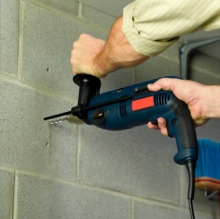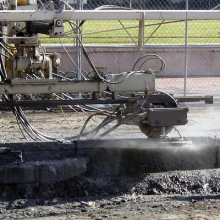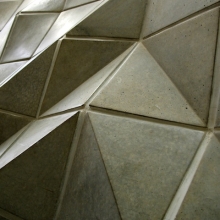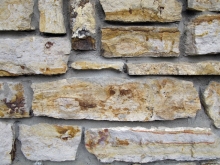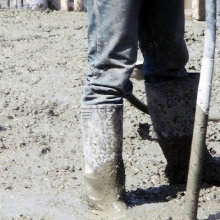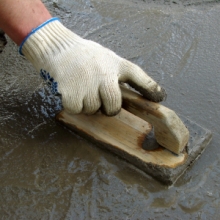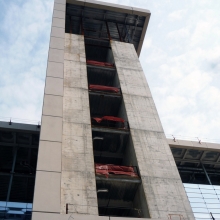Cast Underlayment, often referred to generically as “gypcrete,” Maxxon Corp’s registered trademark name, has been used for the leveling of rough and uneven floors, for wood floor systems requiring fire ratings and acoustic control, and as the encapsulation material for in-floor radiant heating. The increased material strengths available today, along with ever-increasing competition, have led to the manufacture of more durable products and an increased use of cast underlayments since the 1990s. The application of cement underlayment is similar to traditional techniques for casting concrete. Cement underlayment (non-structural) can be added over existing concrete or timber floors, both interior and exterior, provided that the substrate is structurally sound.
